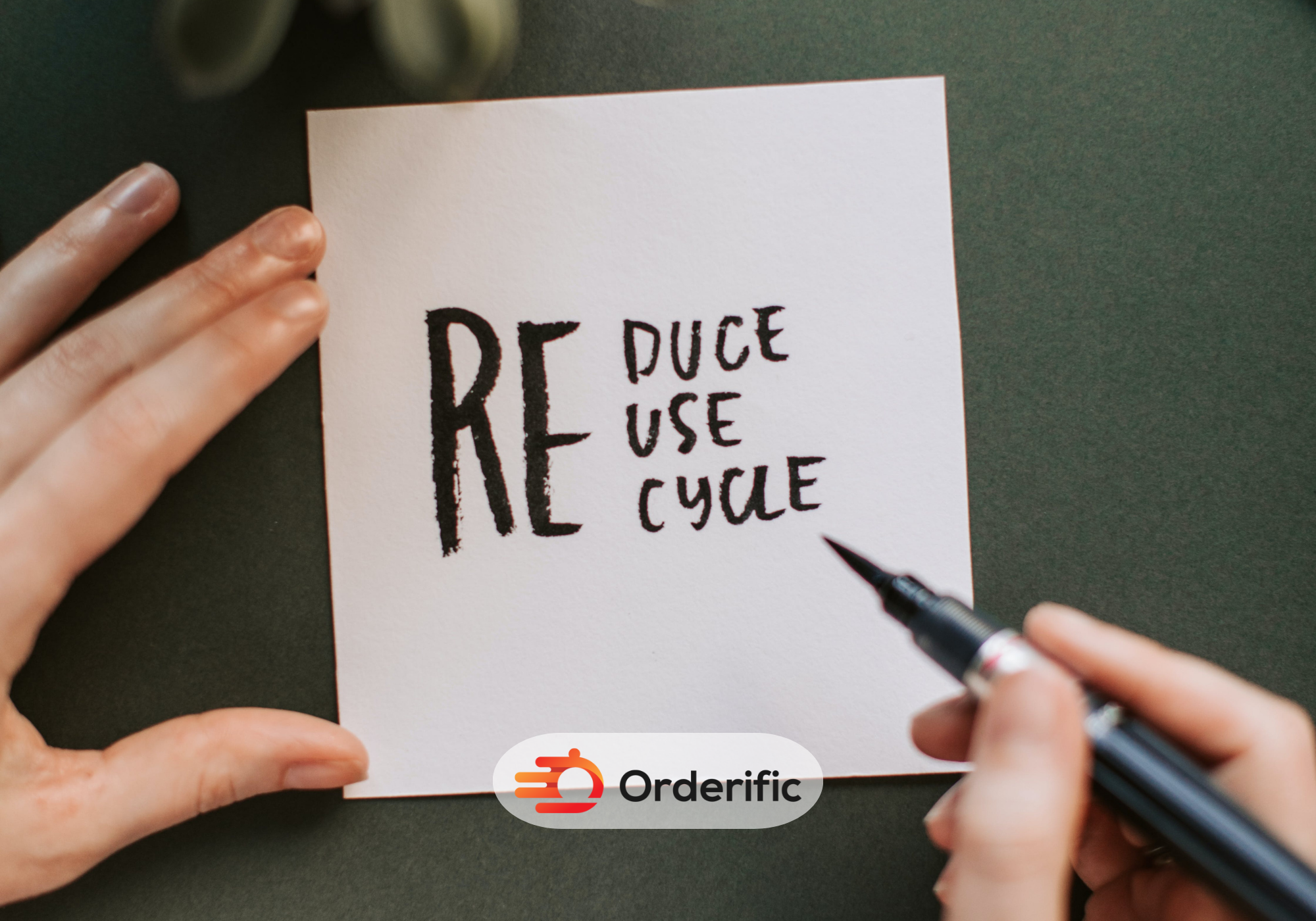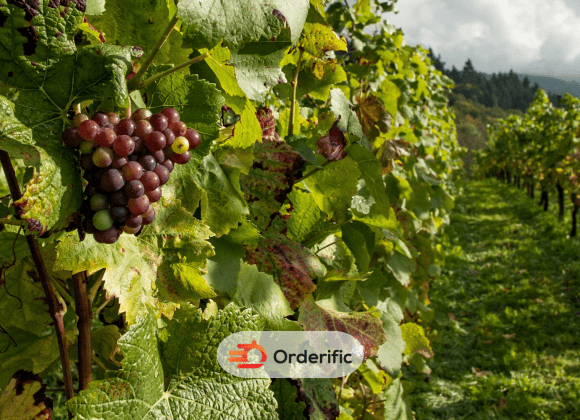Introduction
The golf industry increasingly recognizes the value of sustainable business practices in golf course management. Golf management software like Club Caddie or Lightspeed Golf can streamline operations and reduce environmental impact. These tools can assist in inventory management, tee time bookings, and payment processing, facilitating seamless processes while minimizing waste. However, embracing sustainability goes beyond efficient club management. Through sustainable practices like energy consumption reduction and waste management, golf course operators can make a positive environmental impact. Moving towards renewable energy sources also helps lower carbon emissions, contributing to a sustainable future. By implementing these eco-friendly practices, golf courses and clubs fulfill their social responsibility and enhance customer satisfaction and, eventually, revenue. Thus, sustainability is more than just a buzzword; it is an essential strategy for the modern golf business.

Going Paperless
Digitizing Documents
One of the key ways to embrace sustainability in the golf industry is by going paperless, an initiative that starts with digitizing documents. Utilization of golf course management software, such as club caddie and lightspeed golf, plays a crucial role in this regard. These tools are a boon for golf course owners and operators, helping them manage tee times, inventory, and payment processing with ease, consequently reducing waste generation and making operations more efficient.
Digitizing documents not only streamlines management but also reduces a club’s environmental impact, aligning their operations with sustainability goals. In addition to the operational benefits, this transition also enhances customer satisfaction as members and guests appreciate the seamless operation and positive change toward sustainable practices. These steps, coupled with waste reduction and energy management strategies like adopting renewable energy sources, can significantly decrease carbon emissions.
While golf course management software is an essential tool for achieving sustainability, it’s equally important to consider other sustainable business practices. From using sustainable materials in the pro shop to promoting energy efficiency in clubhouses, there are numerous ways golf courses can reduce their carbon footprint and contribute to environmental sustainability. Embracing these practices is not only a demonstration of social responsibility but also an effective business strategy.
Administrative Software
Adopting the right golf course management software can revolutionize the operations of a golf course. Management software, such as club caddie or lightspeed golf, offer a seamless operation for tee time bookings, inventory management, and payment processing – all integral parts of golf business operations. These tools effectively reduce waste generation and support the movement towards sustainability, aligning golf course management with environmental sustainability goals.
The golf industry is shifting towards a greener future, embracing sustainable practices and integrating them into their business strategy. By transitioning to digital solutions, golf courses are not only streamlining their operations but also reducing their carbon footprint and environmental impact. The use of software aids in energy management and waste reduction, key components of a sustainability initiative.
This commitment to sustainability extends beyond just efficient management. Clubs are increasingly utilizing sustainable materials in their pro shops and promoting energy efficiency throughout their operations, contributing to the reduction of carbon emissions. The adoption of these practices demonstrates their social responsibility and commitment to sustainable development, leaving a positive impact for future generations.
Incorporating golf management software into operations is a testament to the evolving golf business solutions, where the focus is not only on operational efficiency but also on minimizing the environmental impact.
Digital Note-Taking
Taking notes digitally is another significant step when harnessing the power of golf course management software like club caddie and lightspeed golf. This approach not only streamlines administrative tasks but also reduces the golf industry’s carbon footprint and environmental impact. With digital note-taking, golf courses can lessen waste generation, making it a crucial part of a comprehensive sustainability initiative.
Moreover, transitioning from traditional pen-and-paper methods to digital platforms contributes to waste reduction and promotes sustainable practices. By embracing this change, golf courses are not only improving operational efficiency but also making a positive change toward environmental sustainability. This commitment to sustainability is reflected in how golf courses function, from tee time bookings and inventory management to payment processing.
As golf clubs become more conscious of their environmental impact, it’s encouraging to see them invest in the right software tools that support their sustainability goals. These tools are not just about facilitating seamless operation; they are about instilling a culture of sustainability, which includes everything from energy efficiency in clubhouses to the use of sustainable materials in pro shops.
In the face of growing concerns over climate change and resource consumption, the golf industry is playing its part by integrating sustainable business practices into its operations. Digital note-taking, propelled by smart golf course software, is just one of the many ways the sector is contributing to a sustainable future.
Water Conservation
Water-Saving Fixtures
Water conservation is yet another critical aspect of sustainable golf course management. To this end, installing water-saving fixtures can have a substantial impact. These fixtures, such as low-flow showerheads and faucets, and dual-flush toilets in clubhouses, can significantly reduce water consumption. Transitioning irrigation systems to more efficient models that utilize weather data to schedule watering can also make a big difference. These strategies not only safeguard our precious water resources but also exemplify the industry’s commitment to sustainable practices. As we progress, golf courses must continue to innovate and adopt practices that contribute to water conservation, ensuring their operations are in harmony with environmental sustainability objectives. It’s a win-win situation: while contributing to a greener future, they also reduce utility costs, demonstrating that sustainability and profitability can go hand in hand.
Leak Detection And Repair
Regular leak detection and repair is an essential element of water conservation in golf course management. Unattended leaks can lead to a significant waste of water, undermining the efforts put into sustainable practices. Therefore, golf courses should prioritize regular inspections for leaks in their irrigation systems and clubhouse facilities. The use of innovative technology like smart flow sensors can greatly assist in detecting any malfunctions or leaks in real-time, allowing for immediate repairs. Apart from preventing water waste, this proactive approach also helps in managing utility costs effectively. By implementing this strategy, golf clubs not only demonstrate their commitment towards sustainability but also operate more efficiently and cost-effectively, further emphasizing that environmental sustainability and profitability are indeed complementary.
Assess Consumption
To further enhance water conservation efforts, golf courses should regularly assess their water consumption. This involves analyzing water usage patterns, identifying any outliers, and making necessary adjustments to minimize wastage. Innovative technology like smart meters can facilitate real-time monitoring of water use, helping to detect excessive or unnecessary consumption. These tools can provide valuable insights into water usage efficiency and help in implementing targeted strategies for water conservation. By regularly assessing and managing their water consumption, golf clubs can significantly reduce their environmental impact, foster sustainable practices, and optimize operational costs. This diligent approach to water management further reinforces the golf industry’s commitment to sustainability and its role in preserving our planet for future generations.
Sustainable Packaging
Biodegradable Materials
Transitioning to biodegradable materials for packaging in the pro shop is a significant step towards sustainability in golf course management. This practice reduces waste and carbon footprint, demonstrating the golf industry’s commitment to environmental preservation. It’s a practical approach that aligns business operations with sustainability goals, benefiting both the environment and future generations.
Consumer Preference
Increasingly, consumers are opting for businesses that prioritize eco-friendly practices. They appreciate and support golf courses that use biodegradable packaging in pro shops. By catering to these preferences, golf courses not only reinforce their commitment to sustainability but also enhance customer satisfaction and potentially, profitability.
Renewable Energy
Solar And Wind Power
Harnessing renewable energy sources like solar and wind power is a promising step in sustainable golf course management. Implementing these energy alternatives significantly reduces carbon emissions, aligns with sustainability objectives, and contributes to a greener future. Additionally, it can lead to substantial cost savings, demonstrating that environmental consciousness and profitability can coexist in the golf industry.
Educate Employees About Sustainability
Awareness Programs
Creating awareness among employees about sustainability is crucial for the success of eco-friendly practices. By conducting regular training programs and workshops, golf clubs can educate their staff on the importance and implementation of sustainable practices. This not only ensures smooth execution but also fosters a work culture that values and respects the environment.
Recycling And Waste Reduction
Incorporating recycling and waste reduction strategies at golf facilities is indispensable for sustainable management. This includes implementing segregated waste bins, composting organic waste, and encouraging reuse. These efforts not only serve to reduce landfill waste but also underline the industry’s commitment to sustainability, fostering a more eco-friendly environment.
Conclusion
In conclusion, embracing sustainability in golf course management is not only a necessity but also a strategic business decision that yields multiple benefits. Sustainable practices, such as digitization, water conservation, use of biodegradable materials, and renewable energy, not only reduce environmental impact but demonstrate social responsibility, enhancing customer satisfaction and potentially leading to increased profitability. Equally essential is the role of education in fostering a culture of sustainability among employees. As the golf industry navigates this pivotal transition, the integration of smart golf course management software, like Club Caddie and Lightspeed Golf, can facilitate this transformation, streamlining operations while significantly reducing carbon footprint. At Orderific, we are committed to supporting this movement towards a sustainable future. To learn more about how our solutions can aid your sustainability journey, book a demo with us today.
FAQs
What are the key benefits of embracing sustainability in management practices?
Sustainability in management practices results in reduced environmental impact, enhanced social responsibility, cost savings, and increased customer satisfaction.
How can businesses integrate sustainability into their day-to-day operations?
Businesses can integrate sustainability by adopting eco-friendly practices like waste reduction, energy efficiency, digitization, and responsible resource management.
What role does employee engagement play in implementing sustainable management practices?
Employee engagement is critical in implementing sustainable practices, as it fosters a culture of environmental responsibility and ensures the effective execution of these strategies.
How does embracing sustainability align with regulatory requirements and global standards?
Embracing sustainability helps businesses meet regulatory demands and align with international standards focused on environmental preservation.













